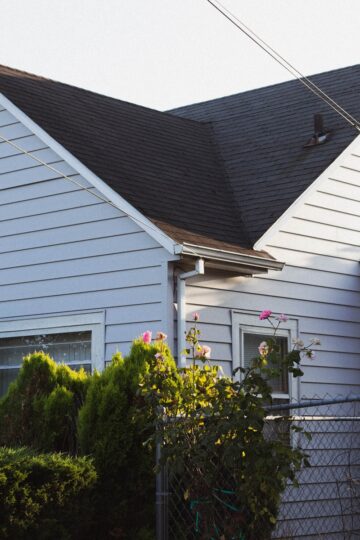
Minimalism is a movement that moved from folk art to interior design in the 1920s but is still considered one of the most innovative styles today. The minimalist style in interior design has been called the pioneer of forward-thinking design. The minimalist interior design divides the spaces by the needs, meaning each element must be functional.
Reduce your ideas to the basics, then build on these ideas by selecting the basics. Do more with less. For example, an abstract art collage is not a brand that defines minimalist interior design. Give each piece a reason why it needs to be there.
Once you have selected the furniture your space needs, consider the design of each piece. Think about the basic shapes: squares and rectangles. Then think about the most common lines used in the design: horizontal, vertical, diagonal, zigzag, and curved.
Although it is not necessary to be so strict in your choice, following the basics will unify the design of your space. Unity is needed to present the project as a complete and minimized package. The lack of abstract details will allow the essential pieces to gain attention.
Monochrome is one of the secrets of minimalism. The colors are generally neutral. Most of the time, everything is white, from the ceilings to the floors and furniture. If not, you will find two colors, rarely three. Often it’s the same color fading to different shades, highlighted somewhere.
The great thing about monochrome is that a randomly placed splash of solid color somewhere never goes unnoticed. For example, the kitchen table’s fruit plate, the sofa’s red cushions, the living room’s blue carpet, the bedroom’s orange bedspread, and the yellow folding screen. Space is considered an essential element in minimalist interior design, as the space interacts with objects and defines them. Visual balance is just as essential and can only be achieved by having a focal point.
Small details increase the depth of the minimalist decoration. Streamlined joinery, flat doors, bedrooms without a headboard, or a simple wood panel for the head of the bed.
Unique materials are used for the floors and walls. And the same is repeated in each room. What about the curtains? A subtle white blind will do. The lamps are generally tubular, although recessed lighting is preferred to promote nudity in the minimalist style. Decorations are prohibited.
The minimalist style in interior design is achieved with a set of clean geometric lines. The atmosphere is soft, the air flows, and the sun enters through the large windows.
Do not think that fantasy does not appear in a minimalist style decoration. Quite the opposite! The only essential piece, such as a floor lamp or a chandelier, stands out even more, as there is a decoration of various colors, shapes, and materials.
In short, the minimalist style in interior design is famous worldwide. It takes the modern style as a reference and simplifies it even more. With neutral color palettes, simple furniture, and straight lines, there can be nothing excessive or extravagant in the decoration accessories.
The minimalist style in interior design is ultimately defined by its functionality and ultra-pure lines.
If you want to continue discovering more styles, please click here; INTERIOR DESIGN STYLES: THE ULTIMATE GUIDE.
Together we create beautiful homes. If you want to consult our interior design services to improve the decoration of your home, contact us!

